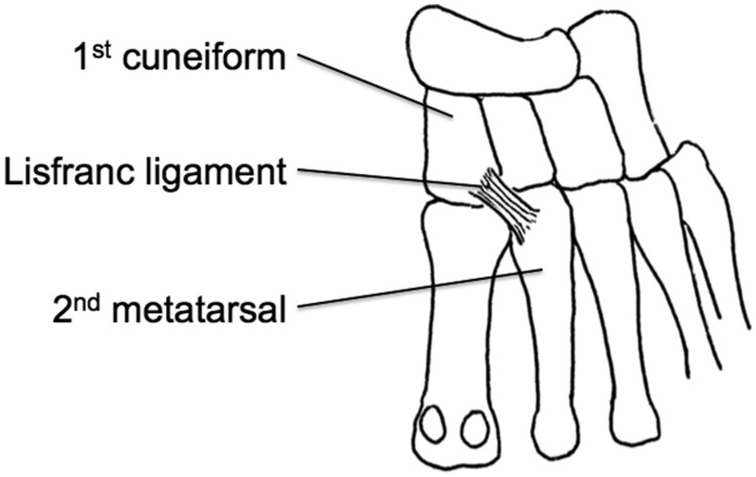Revision Resources
Recent Posts View All
January FOAMed
Lisfranc Injuries

The Lisfranc joint consists of the articulation of the first three metatarsal bases with their respective cuneiforms and the 4th/5th metatarsal bases with the cuboid, along with associated ligaments. The lisfranc ligament, which joins the medial cuneiform (1st cuneiform) and the base of the 2nd metatarsal, provides primary structural support to the joint.
Methylene Blue

A 34-year-old male presents to the emergency department (ED) via emergency medical services (EMS) for near syncope and altered mental status. The patient was picked up at a popular night club where his friends note he had been sniffing amyl nitrate “poppers.” EMS calls out that he is somnolent with non-bloody emesis on his shirt. The EMS crew notes the patient is hypoxic to the 80s and looks blue.
Neonatal Herpes

Disease caused by Herpes Simplex Virus (HSV) types 1 and 2 can have devastating consequences. It can be caused by vertical transmission from mother to child during pregnancy and delivery, but horizontal transfer after birth can also occur. Neonatal herpes can present with a variety of symptoms, and diagnosis can be challenging. Fortunately, it is rare: the incidence is around 1:3000-15.000 live births in developed countries.
Sedation in Agitation

Some of the most useful medical education is found on coroners websites and inquest findings. My research over the years of prehospital medicine has led me to focus on the dangers of acute behavioural disturbance in a prehospital setting. A common theme on all cases of death related to such situations has been what I call the lethal triad of sedation : acute drug induced delirium state , physical restraint and parenteral sedation.
Suture Spacing

In part 4 of the laceration evidence series, we learned that wound eversion is probably dogma. In part 5, we learned that sutures probably offer no real benefit over skin glue or steri-strips in the majority of our patients. However, if you do decide to suture a laceration, how far do you space your sutures? I am almost certain that no emergency physician has taken a scientific approach to this question. We just go by what we were taught, or use basic clinical judgment. But is there evidence to tell us how far futures should be spaced?
Are you sure you wish to end this session?

